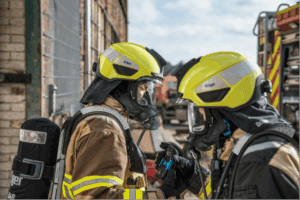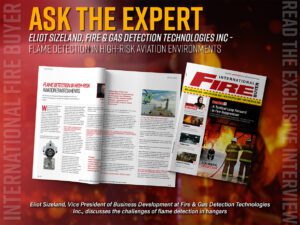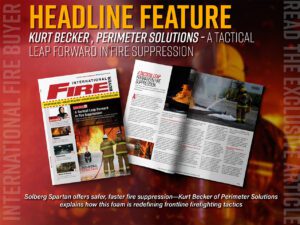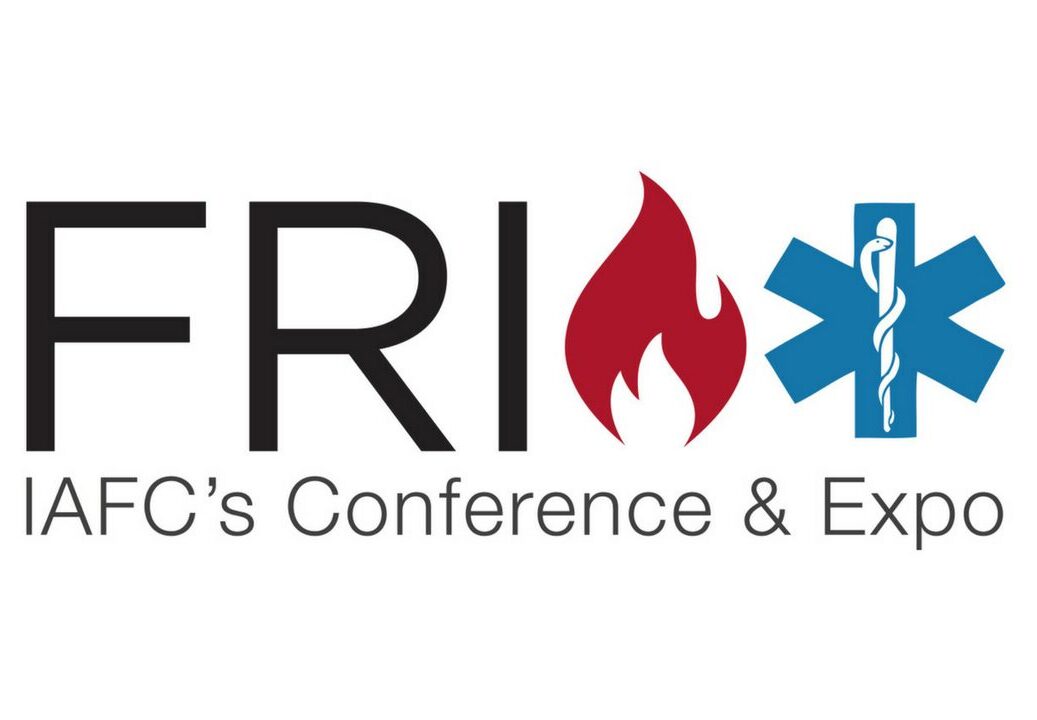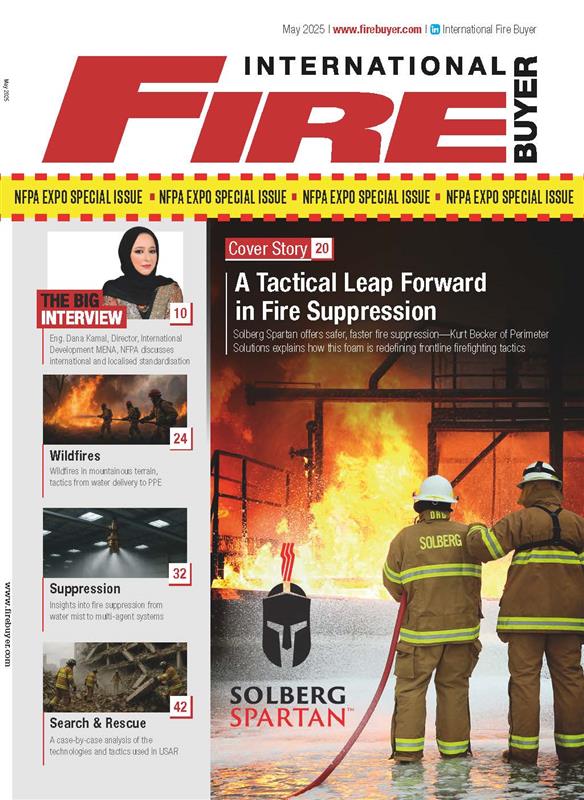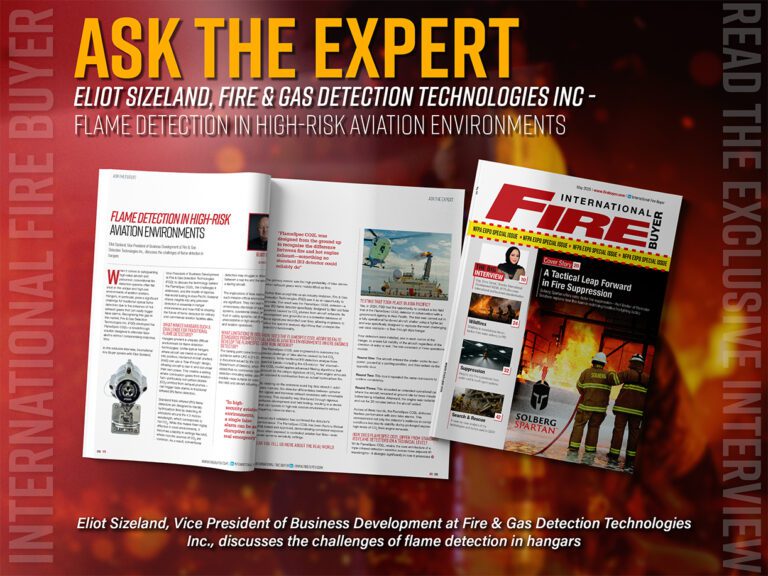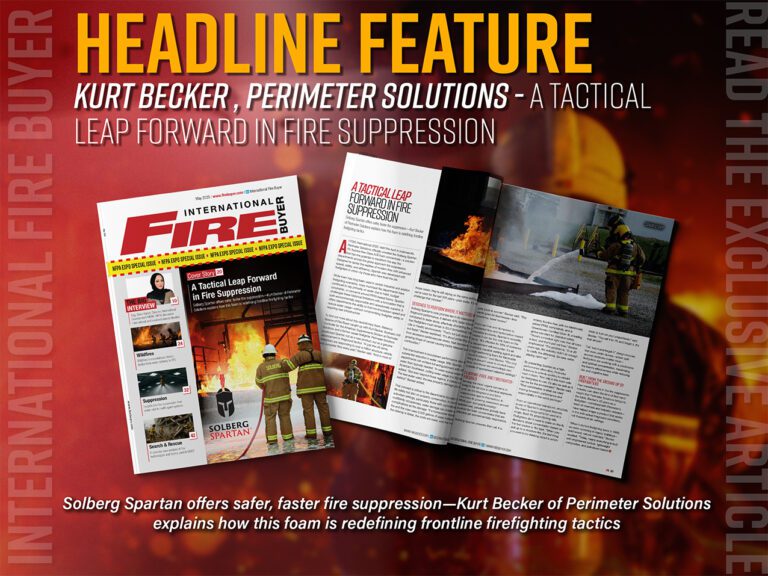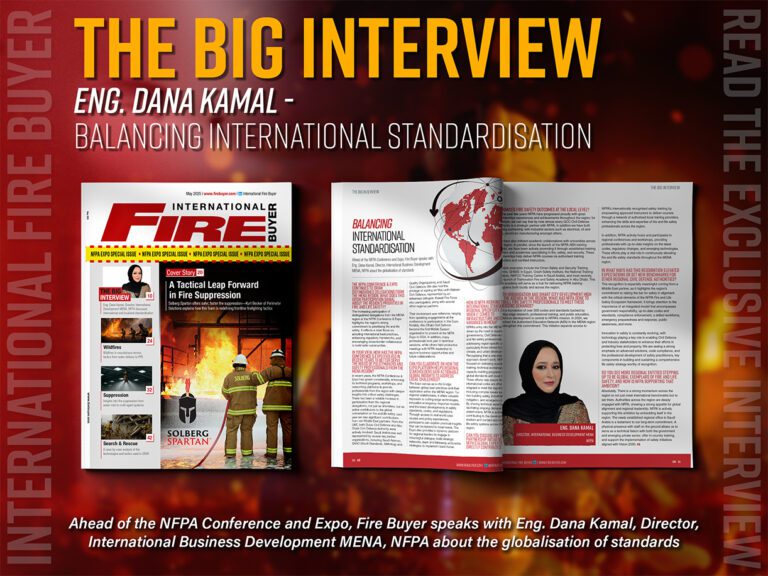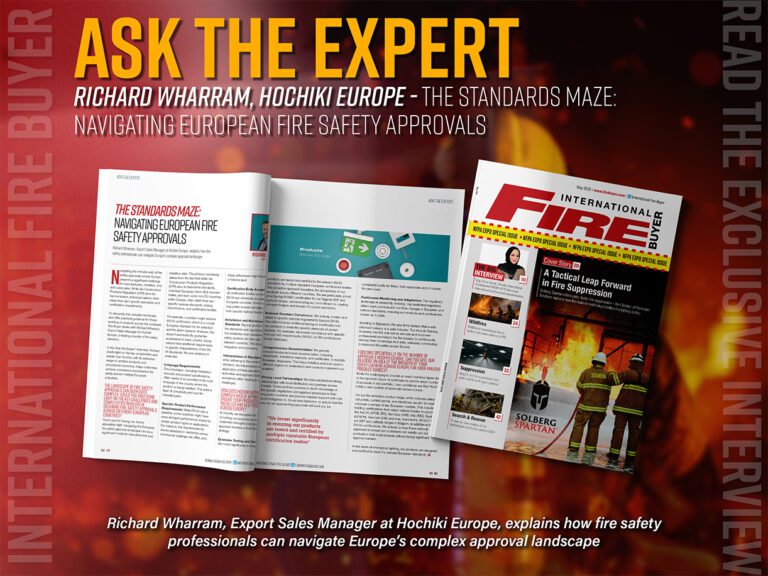For firefighters, fire prevention is only half the battle. Their primary objective is the protection and preservation of survivors
It is often forgotten by many, but firefighting is one of the key pillars of emergency services – a service whose primary directive is saving lives. More than any other branch are these brave heroes and heroines staring into the face of imminent death and yet they head into it unwavering, all to save us. While controlling any fires are imperative to these rescue efforts, the true training kicks in when victims of fires need help. Today’s feature will be a dive into Search and Rescue efforts of fire departments all over the globe and what methods and techniques are used to save people in the face of impossible odds.
Conducting a Search and Rescue operation starts, as with any coordinated effort, with a situation assessment. Normally it will fall upon unit commanders, who are experienced in risk assessment and critical thinking, to evaluate the ongoing situation as soon as fire services arrive on the scene. As well as this, they must also be well versed in the behaviour of fire and how it spreads in order to prioritise spaces that need the most urgent help before structural integrity begins to collapse, as well as likely areas of congregation by potential survivors. Access to building floor plans is invaluable in aiding this effort, with learned commanders able to surmise points of weakness in the building as well as give navigational support to other firefighters throughout the operation to ensure a swift and actionable response.
Evaluating the incident site’s potential for survivors inside is no easy task and is often inferred from evidence of occupation and other variables. For example, if a fire breaks out in a residential area at night, it will be extremely likely that areas like bedrooms will be occupied and not necessarily social areas like kitchens or lounges. Thus, it is easier to make a decision on what areas to prioritise in searching. Additional factors such as vacant vehicles or verbal reports by witnesses also play into the unit commander’s decision-making. If any of these contributing factors even remotely suggest civilian presence within the building, search and rescue becomes a top priority.
To read more exclusive features and latest news please see our June issue here.
Media contact
Rebecca Morpeth Spayne,
Editor, International Fire Buyer
Tel: +44 (0) 1622 823 922
Email: [email protected]










